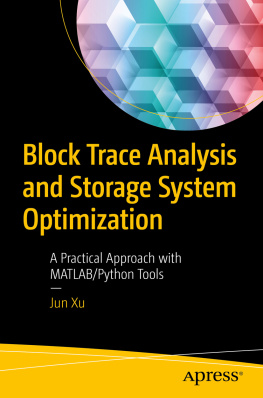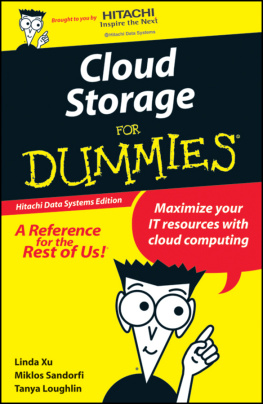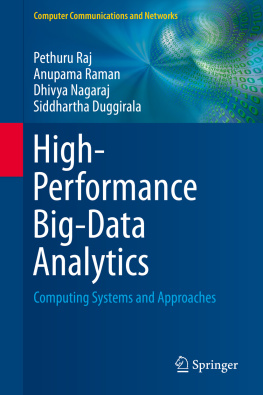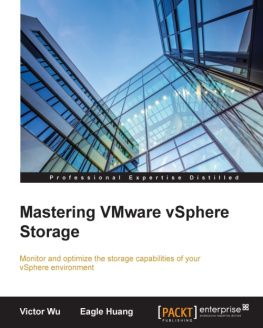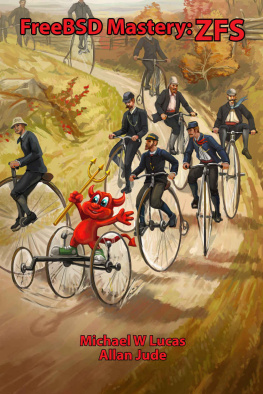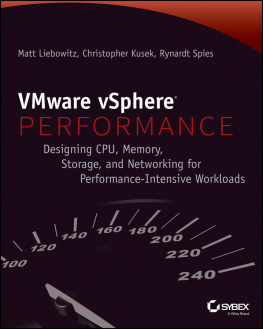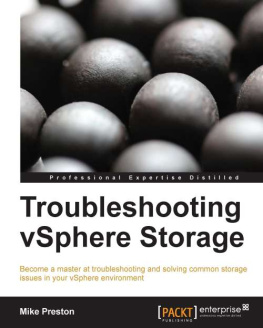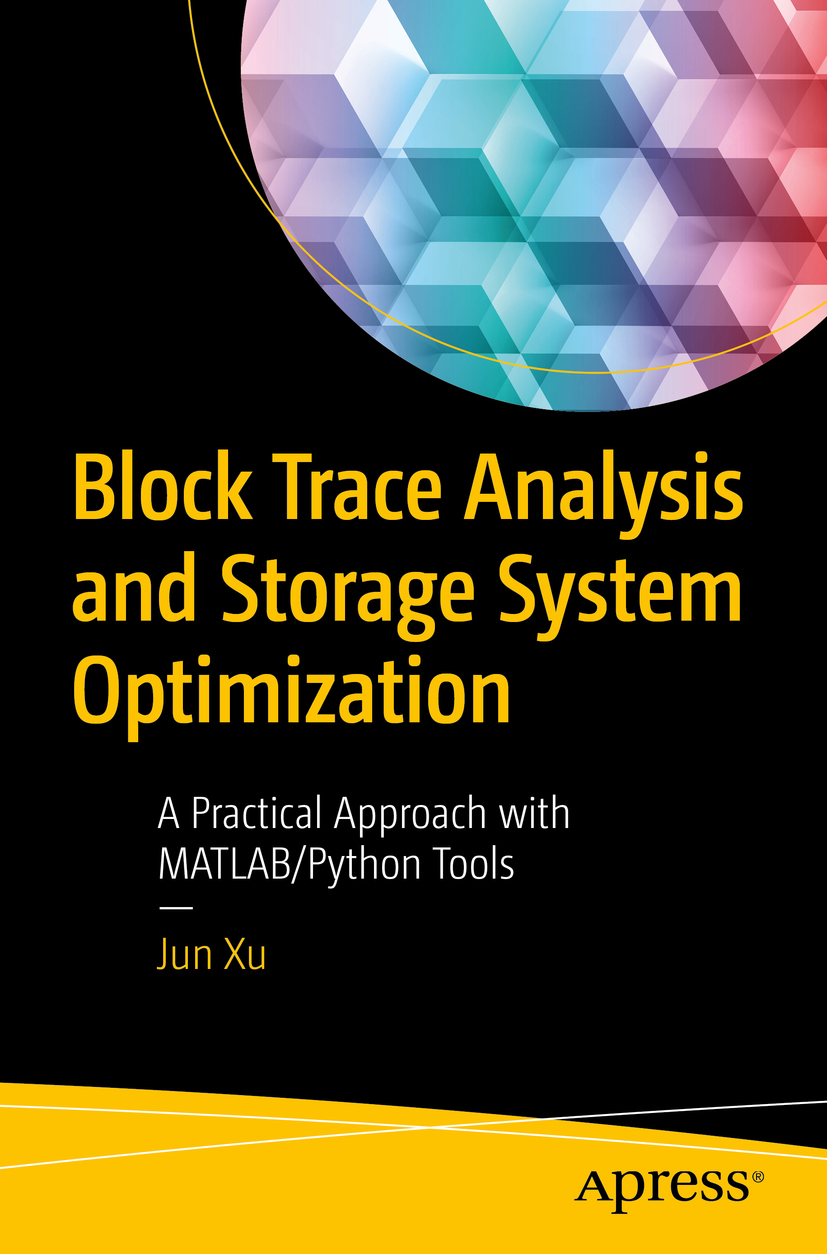Jun Xu - Block Trace Analysis and Storage System Optimization: A Practical Approach with MATLAB/Python Tools
Here you can read online Jun Xu - Block Trace Analysis and Storage System Optimization: A Practical Approach with MATLAB/Python Tools full text of the book (entire story) in english for free. Download pdf and epub, get meaning, cover and reviews about this ebook. year: 2019, publisher: Apress, genre: Computer. Description of the work, (preface) as well as reviews are available. Best literature library LitArk.com created for fans of good reading and offers a wide selection of genres:
Romance novel
Science fiction
Adventure
Detective
Science
History
Home and family
Prose
Art
Politics
Computer
Non-fiction
Religion
Business
Children
Humor
Choose a favorite category and find really read worthwhile books. Enjoy immersion in the world of imagination, feel the emotions of the characters or learn something new for yourself, make an fascinating discovery.
Block Trace Analysis and Storage System Optimization: A Practical Approach with MATLAB/Python Tools: summary, description and annotation
We offer to read an annotation, description, summary or preface (depends on what the author of the book "Block Trace Analysis and Storage System Optimization: A Practical Approach with MATLAB/Python Tools" wrote himself). If you haven't found the necessary information about the book — write in the comments, we will try to find it.
Understand the fundamental factors of data storage system performance and master an essential analytical skill using block trace via applications such as MATLAB and Python tools. You will increase your productivity and learn the best techniques for doing specific tasks (such as analyzing the IO pattern in a quantitative way, identifying the storage system bottleneck, and designing the cache policy).
In the new era of IoT, big data, and cloud systems, better performance and higher density of storage systems has become crucial. To increase data storage density, new techniques have evolved and hybrid and parallel access techniquestogether with specially designed IO scheduling and data migration algorithmsare being deployed to develop high-performance data storage solutions. Among the various storage system performance analysis techniques, IO event trace analysis (block-level trace analysis particularly) is one of the most common approaches for system optimization and design. However, the task of completing a systematic survey is challenging and very few works on this topic exist.
Block Trace Analysis and Storage System Optimization brings together theoretical analysis (such as IO qualitative properties and quantitative metrics) and practical tools (such as trace parsing, analysis, and results reporting perspectives). The book provides content on block-level trace analysis techniques, and includes case studies to illustrate how these techniques and tools can be applied in real applications (such as SSHD, RAID, Hadoop, and Ceph systems).
What Youll Learn
Understand the fundamental factors of data storage system performance
Master an essential analytical skill using block trace via various applications
Distinguish how the IO pattern differs in the block level from the file level
Know how the sequential HDFS request becomes fragmented in final storage devices
Perform trace analysis tasks with a tool based on the MATLAB and Python platforms
Who This Book Is For
IT professionals interested in storage system performance optimization: network administrators, data storage managers, data storage engineers, storage network engineers, systems engineers
Jun Xu: author's other books
Who wrote Block Trace Analysis and Storage System Optimization: A Practical Approach with MATLAB/Python Tools? Find out the surname, the name of the author of the book and a list of all author's works by series.

